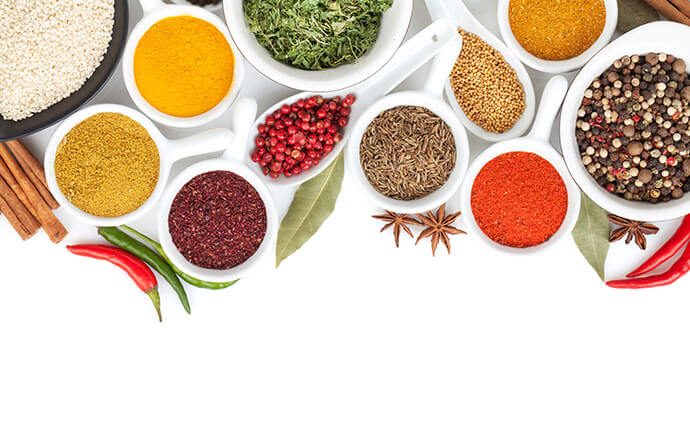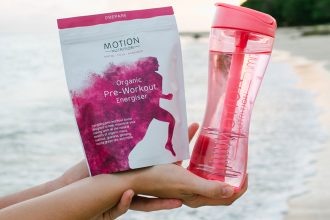As an Ayurvedic practitioner and having been raised by a traditional Indian family, I was left with no doubt: our food is our medicine and I love to see more and more people adopting the belief.
Another firm belief my Indian parents blessed me with is that the basis of healing foods starts with spicy foods. Believe me, I know my way around a spice rack. However, it was not until I completed a Ph.D. in Ayurvedic Studies that I understood how powerful spices could be in helping to heal the body. I learnt that spices really play a key-role in providing the healing properties within our meals.
Chances are there are already super healing spices on your plate, but, do you want to super-charge your meal even more?
Do superfoods really exist?
Superfoods are given their label because of their ability to offer the most dense beneficial nutrients. Each one has a different positive impact on our health, be it the digestive system, immune system or the brain.
What are super spices?
Certain spices hold incredible healing benefits. Modern science is now catching up, providing evidence of healing properties which were discovered and described thousands of years ago in Ayurvedic texts.
Turmeric offers many advantages on preventing health problems with its antioxidant qualities, as well as its anti-inflammatory properties.
Not just a way of jazzing up your plate, there are many spices which work to nourish and protect the entire body.
Modern science is now catching up, providing evidence of healing properties which were discovered and described thousands of years ago in Ayurvedic texts.
Here is just a small intro to my personal spice-rack with my Top 5 spices my family meals can’t go without.
Turmeric is a super spice which, when mixed with black pepper, offers many advantages on preventing health problems with its antioxidant qualities, as well as its anti-inflammatory properties. Those with any inflammation in the body find this spice incredibly helpful, especially when taken as curcumin, turmeric’s active ingredient. Even though my family takes our turmeric supplements daily, we enjoy adding powdered root in curries or mixing a warm cup of golden milk with a curcumin capsule inside.
Cinnamon has shown to help to lower high blood pressure, high cholesterol and blood glucose levels. It also helps to fight issues that tend to reside in the respiratory and digestive system. If you’re looking to ward off a cold, why not add a touch of cinnamon to your drink?
Fenugreek is considered by some to be most efficient spice at aiding the digestive system. When used for cooking purposes, many report it to be a useful addition to managing and controlling diabetes*.
Ashwagandha is an up and coming spice that has been getting more and more attention. This spice is worth considering here merely for its exceptional properties, which combine to support the immune system while keeping us calm and collected. Try mixing up 1 tsp ashwagandha powder with 1 tbsp cocoa powder, 3/4 cup hot (not boiling) water and 1/4 cup coconut milk. The ashwagandha is a bit bitter but the cocoa helps hide it, making a potent and delicious drink.
Who can use super spices?
What’s great is that almost anyone can use super spices to complement their food choice. In fact, both my children and I are huge fans. What better way than to get your family’s taste buds revelling, especially that of children, then introducing them to a broader range of foods while also spicing things up!
References:
- Fenugreek study on diabetes “published in Journal of Diabetes and Metabolic Disorders.
As featured inside our Summer issue of Thrive Magazine – feature article written by: Dr. Shivani Gupta.
Dr. Shivani Gupta has a Ph.D. inAyurvedic studies, herbology and anti-inflammatory herbs.










